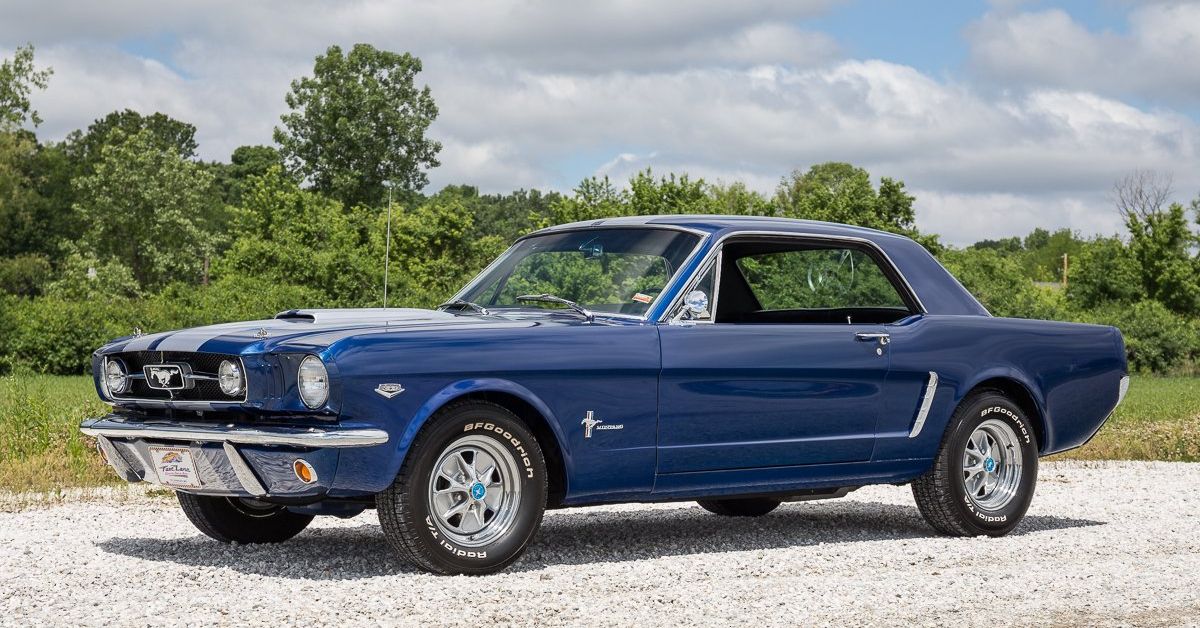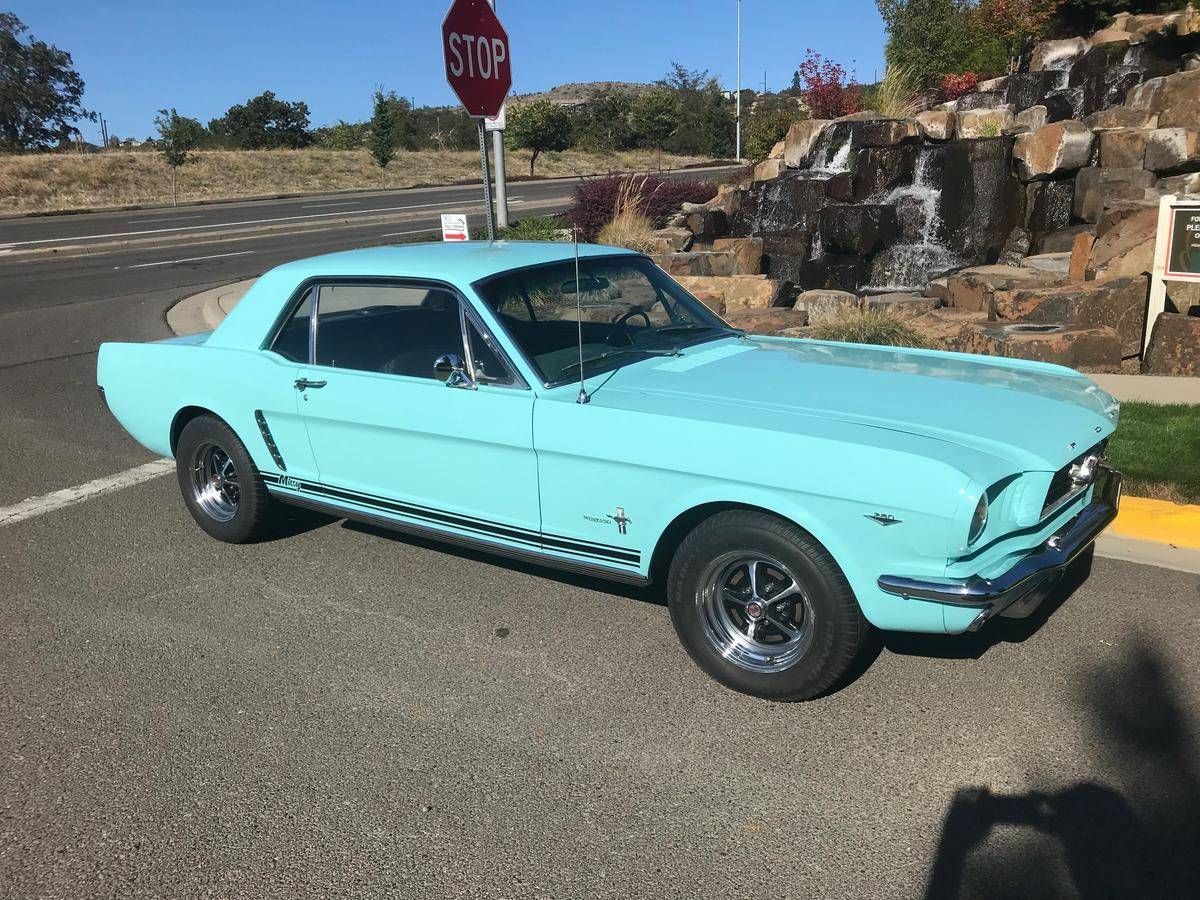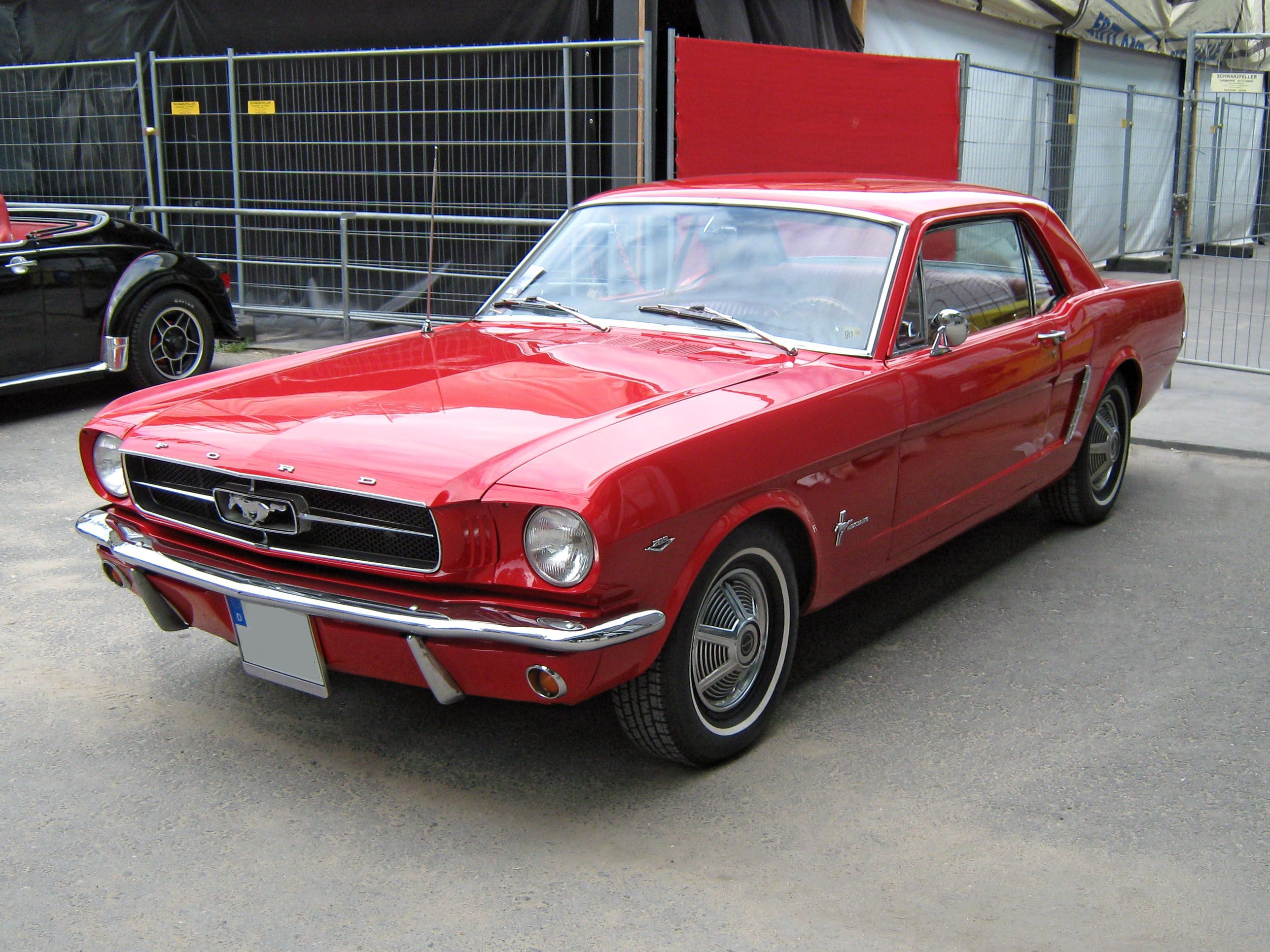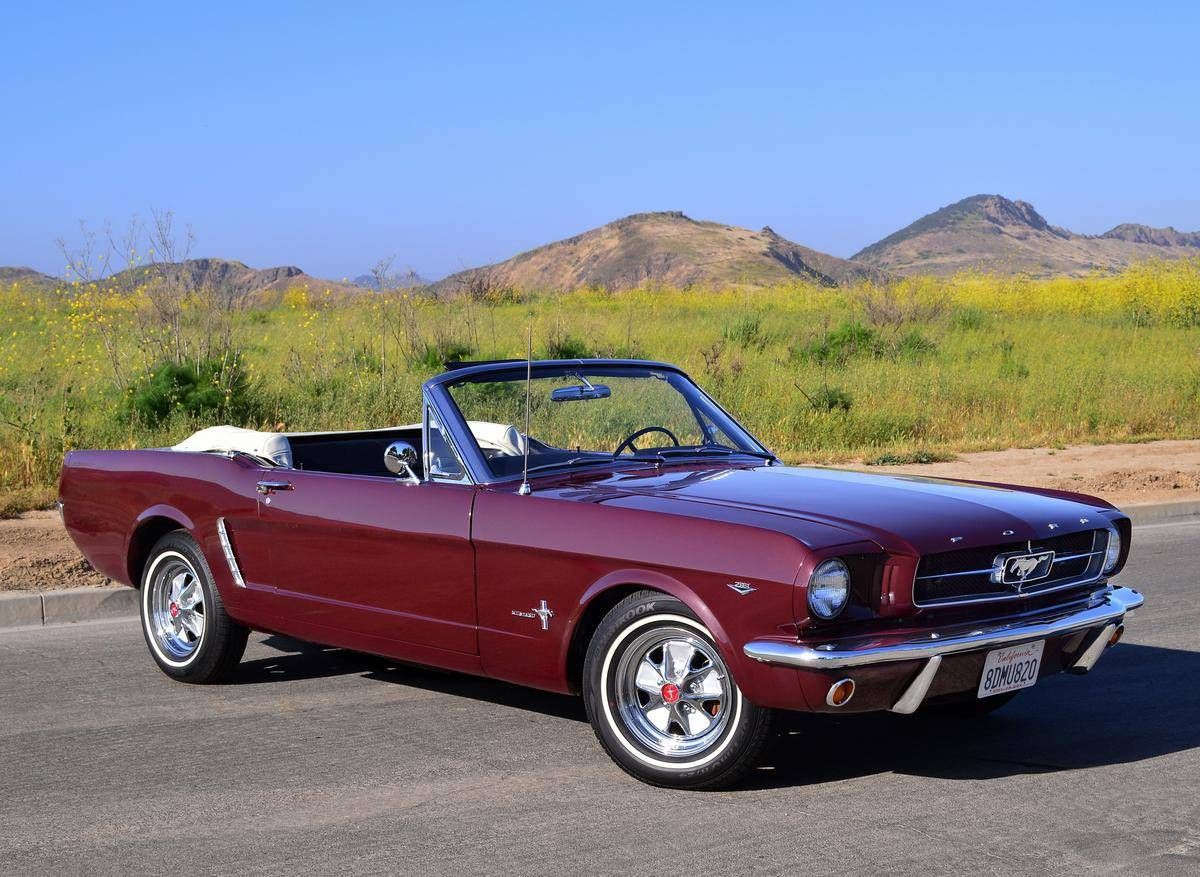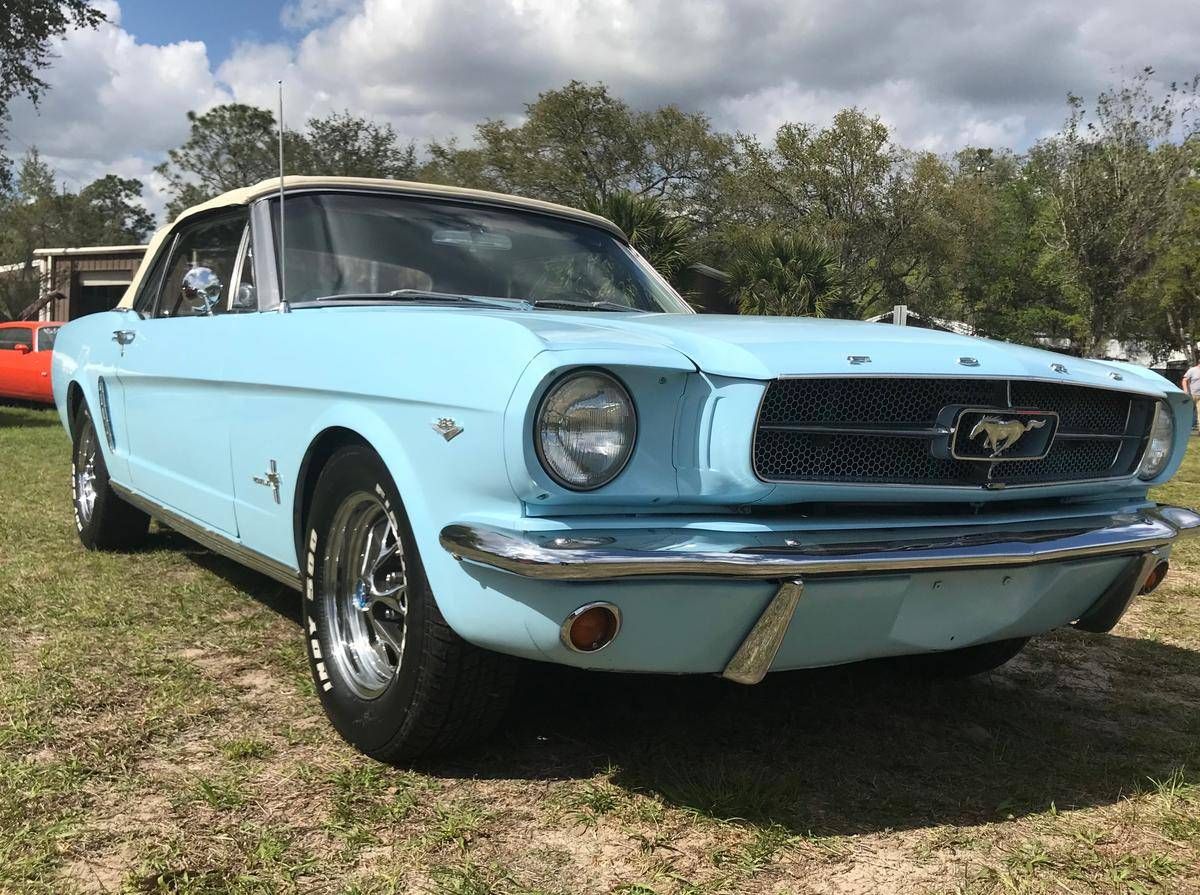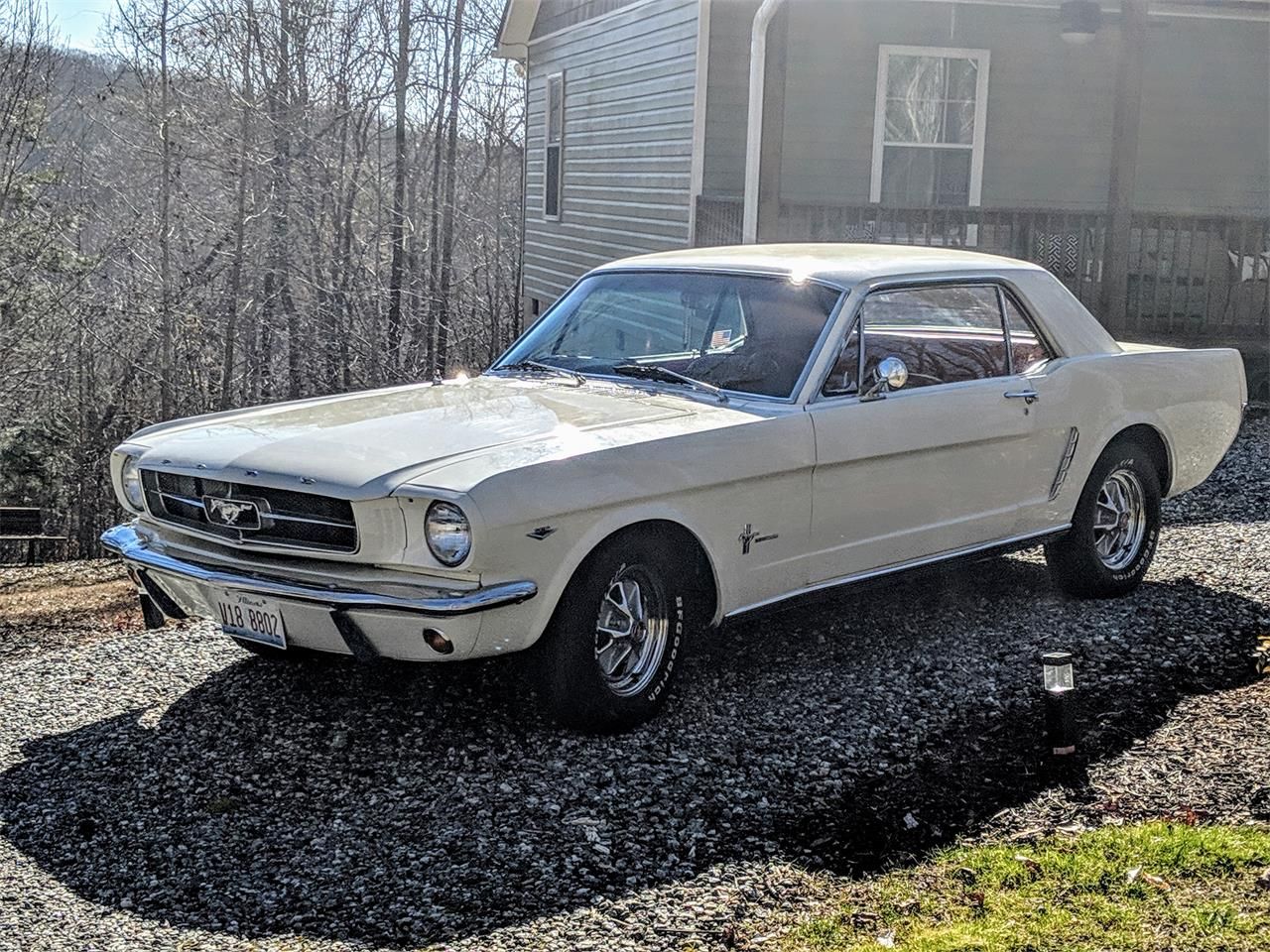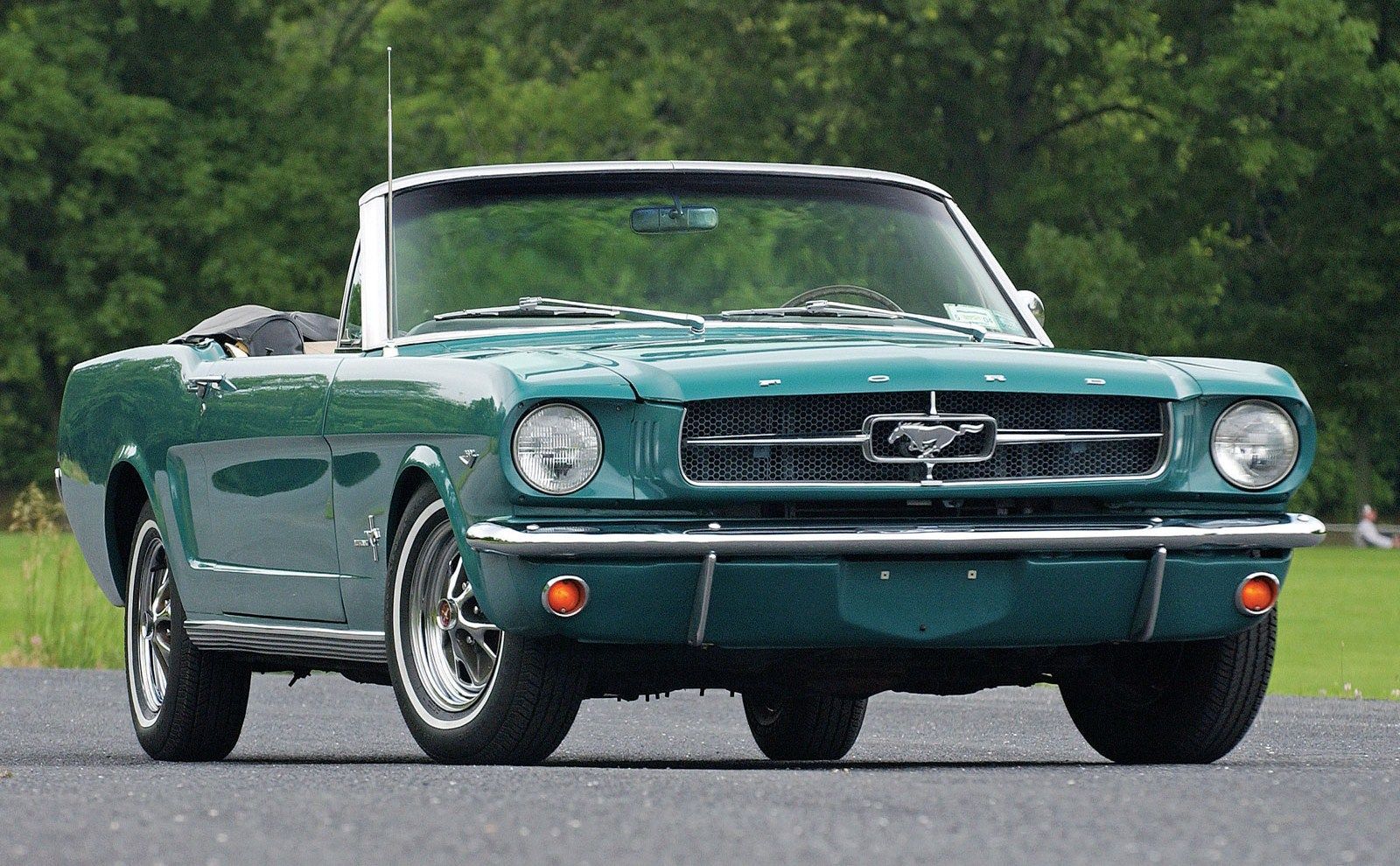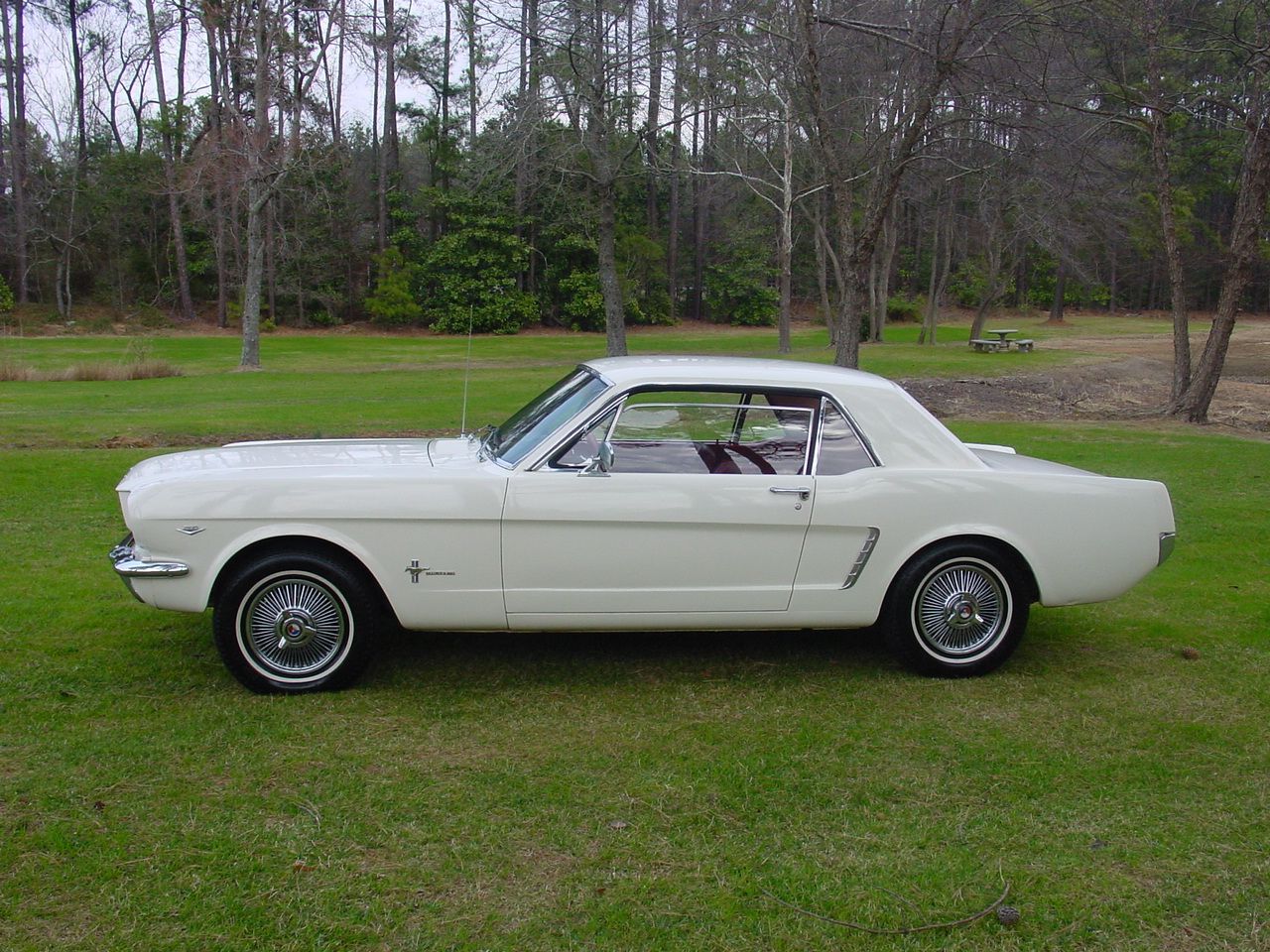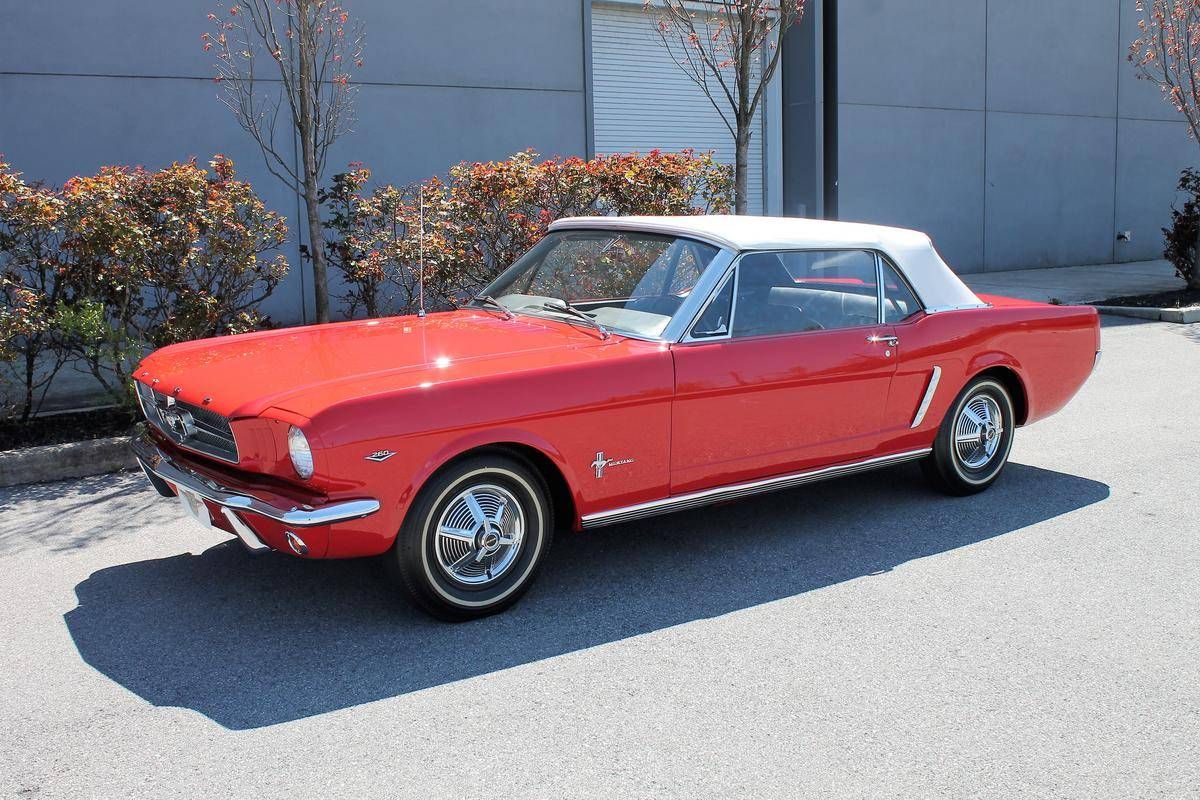The 1964 Ford Mustang launch was a historic event. After World War II, Ford opted to create an affordable car that appealed to younger drivers. The result was a new class of car. The “Pony Car,” never before seen in the United States, with its own unique styling and a variety of options and accessories offered. It was initially introduced on April 17, 1964, as a hardtop and convertible. A fastback version was available for purchase in August 1964.
Further, Ford opted to publicize the arrival of the Mustang to an extreme degree, embarking on a marketing campaign and sinking a generous sum into spreading the word. This attempt was successful, as they achieved the first 20% of their expected first-year sales in the first day. The Mustang was an instant hit and became so popular that it was soon featured prominently in movies and the media. The impact the Mustang left inspired a lot of competition from other automobile makers.
There's no denying the launch of the 1964 Ford Mustang was a game-changing event in automobile history, and there are several reasons contributing to its historical importance.
Styling Was Unusual
The styling for the Mustang was a bit unusual, as it was unprecedented in the automobile industry. The design, especially the front end, was very European. The original Mustang was also made to suit the tastes of a wide variety of customers, with many options, variants, and body styles, such as convertible, hardtop, and fastback.
One ad even had the slogan “Mustang was designed to be designed by you.” Mustang owners indeed felt like they had a special, unique vehicle with enduring universal appeal.
It Quickly Exceeded Expected Orders
The original Ford Mustang quickly exceeded expected orders upon its debut on April 17, 1964. It cost $2,368 at the time, making it very affordable. As a result, dealers were inundated with requests.
Although Ford expected 100,000 units to sell in the first year, 22,000 units were sold on the first day. The first year had 417,000 orders, more than four times what Ford expected. Within two years, sales rose to one million orders.
It Was The First Of Its Kind
The Ford Mustang was the first of a new type of vehicle- a “pony car.” It was a two-seat, mid-engine sports car, with the nickname derived from a World War II fighter plane. It was notable how the Mustang is a completely new line of cars, separate and distinct from Ford, Fairlane, Falcon, and Thunderbird. Ford was then able to offer five lines of passenger cars instead of four.
Media Publicity Preceded And Followed Its Arrival
Before the Mustang hit showrooms, the media covered its arrival, as its launch generated great interest. Newsweek and Time magazines had Mustangs on their covers. The night before it went on sale, the Mustang was featured in commercials on all three major television networks.
After its debut that same year, the Mustang was prominently featured in the James Bond movie “Goldfinger,” with another Mustang featured four years later during a car chase in the Steve McQueen movie “Bullitt.”
The Indianapolis 500 Wanted It As A Pace Car
Shortly after its introduction, the Ford Mustang's success became more official when it was featured on the 1964 Indianapolis 500 racetrack as the pace car for that year, elevating its iconic status further. As a response to this honor, Ford accommodated the rising status of their new vehicle by designing a special convertible version to become the pace car.
This variant came in white with a blue stripe on the hood and trunk. Apparently feeling one was not enough, Ford produced 230 more pace cars, available in convertible and hardtop.
It Was Designed To Appeal To Younger Drivers
The Ford Mustang was designed to be enticing to a younger generation of drivers. Ford's Vice President at the time, Lee Iacocca, delivered a speech declaring what he wanted the Mustang to be. Several young customers, including Air Force cadets and high school students, wanted Mustangs as soon as they were available.
The specifications were covered in considerable detail in the press packets Ford gave to show what the Mustang would be like, as many young drivers were ready to order it without even physically seeing it.
It Was Inexpensive And Easily Accessorized
As Ford planned, the Mustang was affordable and offered a wide range of accessories and options ever offered on a new line of cars. It was also available in two-door hardtop and convertible models and featured two front bucket seats, a bench-type rear seat, and a rear luggage compartment. Ford was proud of their $2,368 asking price for the Mustang.
Ford Planned An Aggressive Marketing Campaign
Ford also planned an extensive marketing campaign for the Mustang. They ran Mustang announcement ads in 2,600 newspapers, as well as in 24 top magazines with a combined circulation of 68 million.
Further, Ford sponsored three half-hour TV shows simultaneously on the three major networks (at the time), so they could show the Mustang on TV screens in more than half the homes in America. They also included the Mustang in their public performance events.
Sources: ophelia.sdsu.edu, mustangsonthemove.org, mustangmaniac.org,

